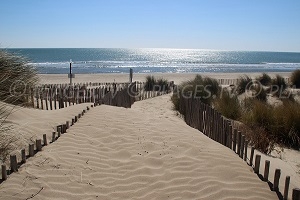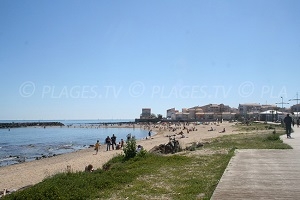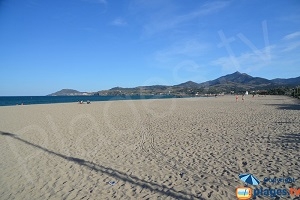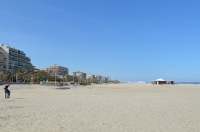La Grande Motte: one of the star resorts on the rim of the Mediterranean
La Grande Motte was a popular seaside resort in Languedoc-Roussillon in the 60s. Famous for its architecture, it was designed by architect Jean Balladur after a trip to Mexico and especially after a trip to Teotihuacan, which is composed of pyramids. The "Great Pyramid" is the most emblematic structure.
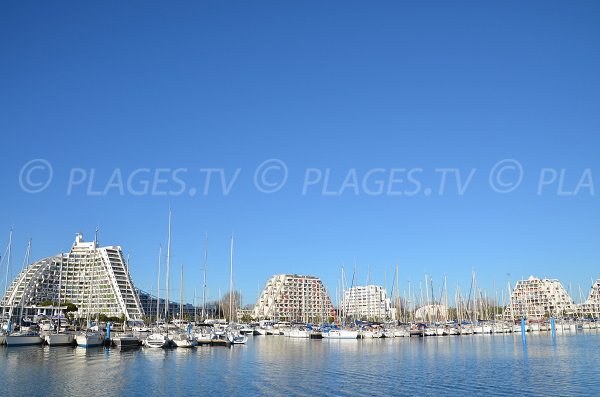
The pyramids of La Grande Motte and its port
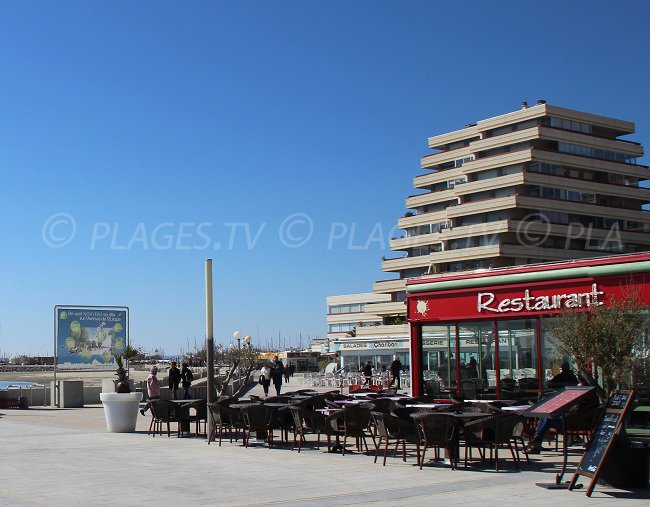
La Grande Motte on the seafront - On the right a pyramid-shaped building
La Grande-Motte is one of the youngest cities in France. It was still a vast sandy desert fifty years ago. Since then, green spaces have grown everywhere and most of the city is pedestrian, which is a lovely way to visit the Congress Centre, St. Augustine church and the town hall, all of them amazing.
The beaches of La Grande Motte: miles and miles of sand
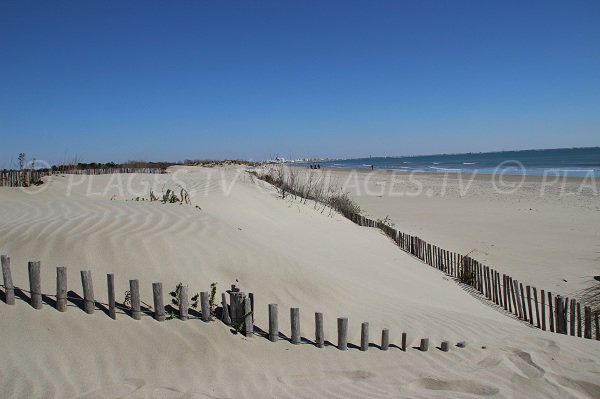
A wild beach in La Grande Motte – in the district of Grand Travers
Located between Nimes and Montpellier, in Petite Camargue, La Grande-Motte is fortunately composed of ten kilometres of coastline, much to the delight of the guests. The beaches of La Grande Motte, gently sloping, are perfect for children and the seaside resort has a perfect microclimate, the Tramontana being weaker there. Wild nature lovers will enjoy the beach of Grand Travers (with a dog friendly area, which is rare in the department) in the direction of Carnon, well protected by dunes. Those in the city centre, Zero Point near the casino, du Couchant and the Levant are also very nice. Besides the beach, the city is famous for the many activities it offers, such as golf, sailing, kite surfing...
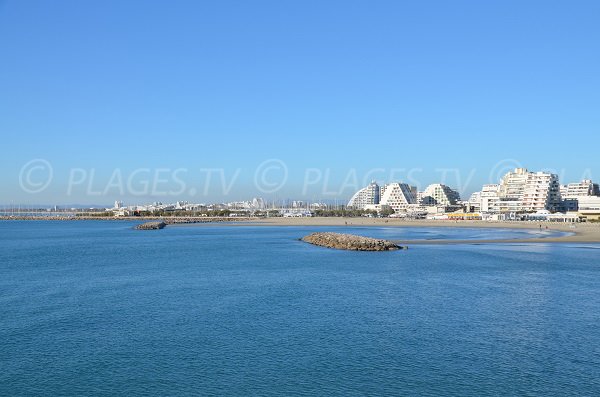
Aerial view of La Grande Motte seafront in the Zero Point district
Must see in La Grande Motte
Take advantage of your stay to visit the Camargue region, the Languedoc region and the surrounding vineyards. From a walk in the bay of Aigues-Mortes to the visit of the Seaquarium in Grau du Roi or the bridge of the Gard region, the possibilities are endless!
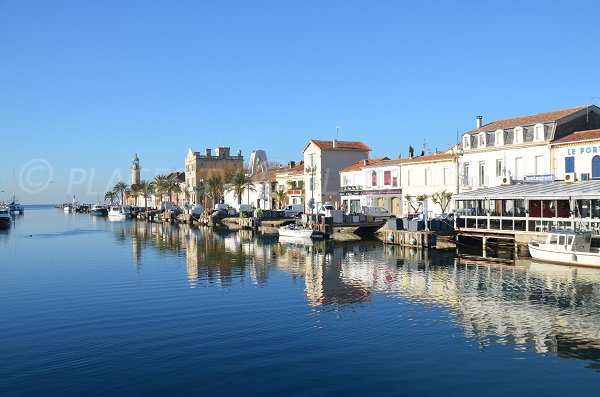
The channel in Grau du Roi between the right and the left bank
Nearby, Carnon is bordered by the huge gold lake and by the Rhone channel in Sete. The city is renowned for its tranquility, perfect for a break in the middle of summer. One also comes to walk along the channel, in the direction of Aigues-Mortes and Sète and to travel around the ponds and discover many species of birds including flamingos. Stay there until sunset, it is superb. Claret, a small village in the scrubland where pine trees spread out of sight, is located an hour away inland. You will discover Cade oil, the specialty of the village used in cosmetics (juniper oil), but also the eleventh century Romanesque church, the medieval bridge of Cammaous... The bridge of the Gard region, a piece of the Roman aqueduct, used to bring water from Uzes to Nimes, is among the must see places when visiting the region. Discover Baux-de-Provence, located one hundred kilometres from La Grande Motte, in the heart of Alpilles and belonging to the most beautiful villages in France. Beautifully restored and with an exceptional heritage, it is one of the treasures of the Bouches-du-Rhône. Nearby, Nimes is a festive and authentic city. Local attractions: the Arena, the Square House, the Temple of Diana or Magne Bridge.
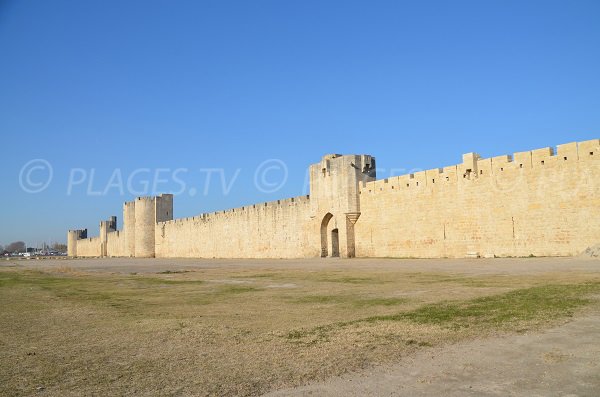
The ramparts ofAigues Mortes
Aigues-Mortes, rich in medieval architecture is also nice, as well as Arles, a city proud of its Provençal culture and which has two beaches in the Camargue Park.

